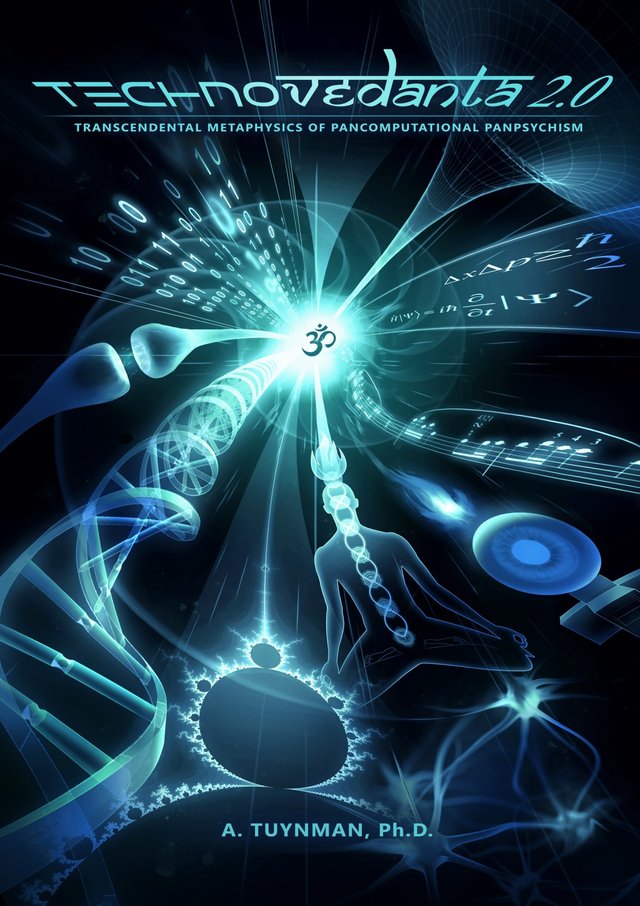Transcendental Metaphysics: Chapter 9: The 15th meta-invention: The invention generator

In this chapter I will discuss the possibility to create an artificial intelligence that can generate inventions and thereby trigger the runaway of AI to culminate in the apotheotic technological Singularity. Chapter 8 of this book I already published before on Steemit and you can find it here.
In Human Accomplishment, Charles Murray mentions fourteen of the world’s most important meta-inventions that occurred after 800 B.C. until 1950, which are mostly cognitive (not physical) tools for improving the world around us:
1. Artistic realism
2. Linear perspective
3. Artistic abstraction
4. Polyphony
5. Drama
6. The novel
7. Meditation
8. Logic
9. Ethics
10. Arabic numerals
11. The mathematical proof
12. The calibration of uncertainty
13. The secular observation of nature
14. The scientific method
Kurzweilai is a site about accelerating intelligence. It aims to attain the so-called technological singularity, which will enable mankind to transcend its nature, via an "intelligence explosion". In other words the last invention man needs to make is an artificial intelligence that can improve itself limitlessly.
As a patent examiner I have had ideas about producing this ultimate invention with a slightly different accent. I call this ultimate invention the meta-invention. It is an invention which generates inventions.
Patent examiners evaluate claims (drafted by patent attorneys), which are basically abstracted ontological descriptions delimiting the scope of the invention.
This evaluation process first of all entails assessing novelty by establishing if similar inventions have any differences. If so, the next step is the assessment of inventive step by assessing the obviousness of the invention. In Europe this is done via a set of rules called the problem-solution-approach.
I have had the idea to modify this analysis protocol and turn it into an active invention generator. This requires some (dry) explanations:
Usually the difference over the closest state of the art is analysed and it is evaluated if this difference entails a technical effect. If so the problem to be solved is in the most general sense formulated as "how to modify invention X in such a way as to obtain effect Y".
If there are documents Z from the same or neighbouring technical fields where this effect has been obtained with a similar (yet more different) invention(s) Z and if there is a pointer encouraging to use this solution, whenever the associated type of problem to obtain effect Y is present, then it is concluded that it was obvious to incorporate this solution in invention X.
If you put an important part of this in algorithm form for an AIbot that searches to improve inventions, you create an invention generator (as well as a semantics generator).
The AIbot starts with a given invention X. It searches for problems arising in this type of invention in terms of suboptimal effects or results. Then it starts looking for improved versions of this effect in the same or neighbouring technical fields, in different inventions aiming for a similar purpose.
It evaluates the differences between the documents Z found and X. The most promising document will be the one which is structurally the most similar. If the effect in Z is attributable to certain elements Q missing from X, it will try to modify X so as to incorporate Q.
At first this can be a way to accelerate the generation of ideas for research programs. In the beginning humans will still evaluate whether such a proposition is worthwhile implementing, but after a while if the AI system becomes autonomous enough, it may contribute to achieving the technological singularity.
If this algorithmic system starts to evaluate itself as an invention, it may come up with modifications leading to bolder type of generations of meta-inventions, where "similar purpose" becomes a more hazy definition allowing for finding effects in more dissimilar technical fields, thus combining less related concepts and leading to more break-through type of inventions (as well as generating more trash and noise; yet better systems will eventually learn how to avoid creating noise).
If this algorithmic system starts to evaluate cybernetic systems the outcome may be very interesting, providing a core for self-reflection and a runaway of intelligence improvements.
Key to a successful runaway is that cybernetic systems become hierarchically stratified. Invention implementing subsystems may be increasingly focussed on the perfection of a task, but should not have the flexibility of the "invention generator" itself. The core invention generator should remain as independent as possible and merely propose new solutions without getting involved in the implementation, so as to remain maximally flexible and to obey the adage: "Ideas are more important than execution".
However, the downstream technological application of the suggested idea is extremely important –even indispensable as we shall see in chapter 2 of part 2- to verify the correctness of the generated hypotheses. This can be carried out by connected implementation systems (Internet-of-Things connected Robots) that will feedback the degree of success to the invention generator, which stores the found solution in an appropriate database and also registers failures.
It will be the 15th meta-invention: The invention of meta-generation: Autopoietic self-feedback.
Our technological progress is heading toward an intelligence explosion via artificial intelligence. I hope the suggestions made in this chapter as to how to accelerate this process via a computer program that generates inventions will one day contribute to this technological apotheosis.
By Technovedanta a.k.a. Antonin Tuynman If you liked this post, please upvote or resteem.
If you can't wait to read the next chapter, here's the e-book and here is the paperback.
Very interesting to read.... would love to read the whole book!
Thanks Giantbear! You can buy the ebook online for 5 Euros. The Paperback is more expensive, because it is print-on-demand. Sorry for the price, but I am still not breaking even.
Ebook: http://www.lulu.com/shop/antonin-tuynman/transcendental-metaphysics/ebook/product-22990796.html
Paperback: http://www.lulu.com/shop/antonin-tuynman/transcendental-metaphysics/paperback/product-22990789.html